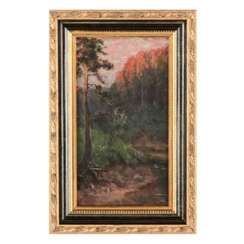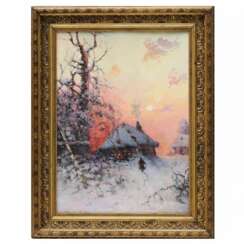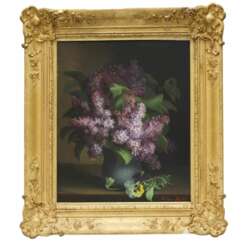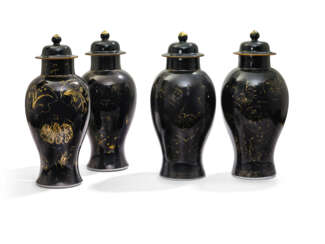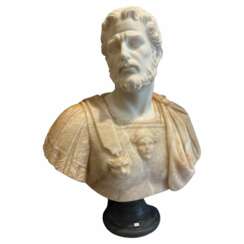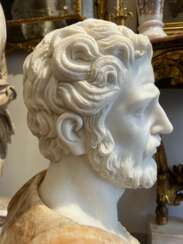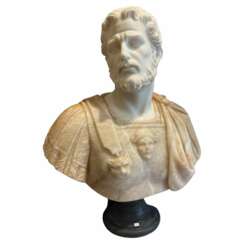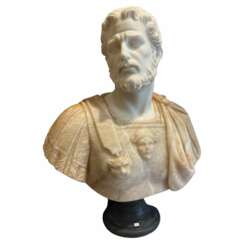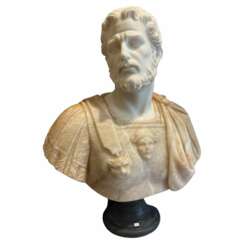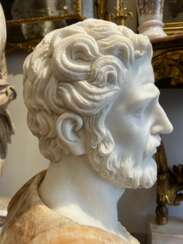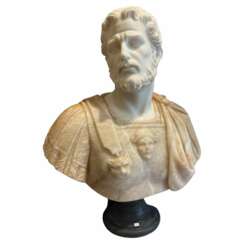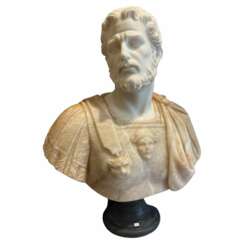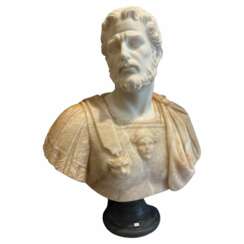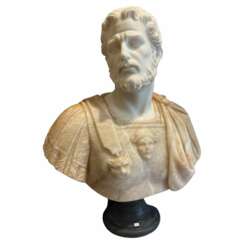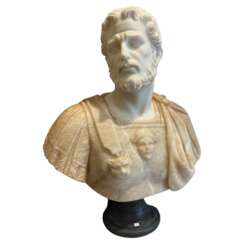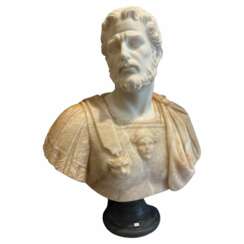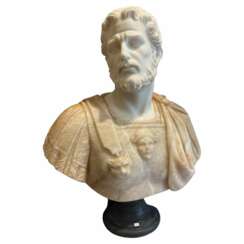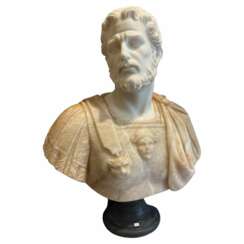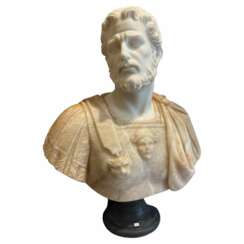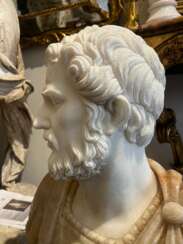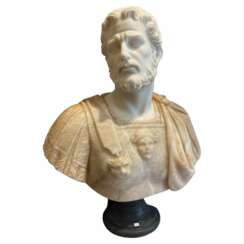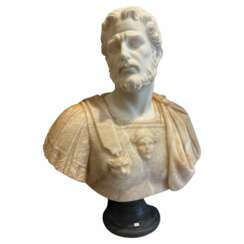672 Items by auctions and galleries:
20th century realism
Lot 186 Russian landscape WINTER EVENING IN A VILLAGE. School of Julius Klever. The turn of the 19th-20th centuries. Русский пейзаж ЗИМНИЙ ВЕЧЕР В ДЕРЕВНЕ, школы Юлия Клевера . Рубеж 19-20 веков.
Fine and Applied Art Auction № 9 - Part I 

Antiqon
Fine and Applied Art Auction № 9 - Part I
Date: 18.05.2024 12:00 UTC +02:00
Number of lots in the catalog: 300
Lot 342 PAIRE DE POTICHES COUVERTES EN PORCELAINE ÉMAILLÉE NOIR À DÉCOR À L'OR
Hubert de Givenchy - Collectionneur: Hôtel d'Orrouer I-II et Manoir du Jonchet | Day Sales 

CHRISTIE'S
Hubert de Givenchy - Collectionneur: Hôtel d'Orrouer I-II et Manoir du Jonchet | Day Sales
Date: 17.06.2022 10:30 UTC +01:00
Number of lots in the catalog: 689
